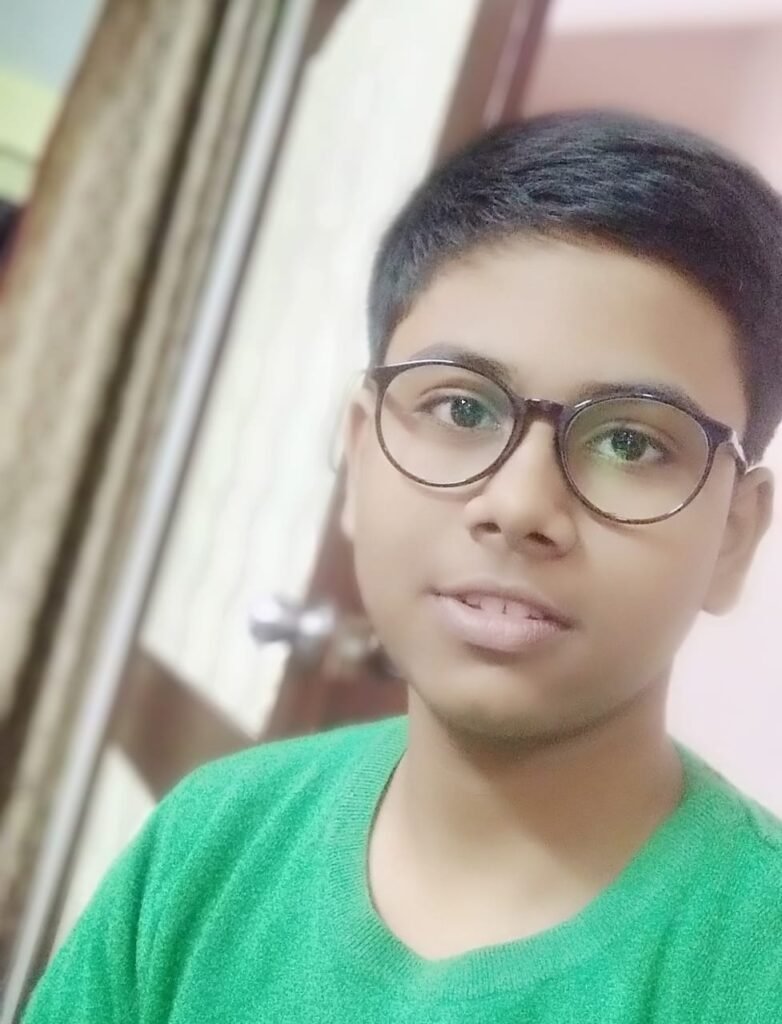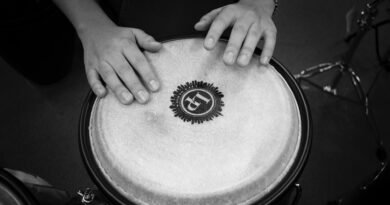THE HISTORY OF TABLA
The History of Tabla
SANDIPAN K GOSWAMI
Tabla, the principal percussion instrument in Hindustani Classical Music, is one of the few instruments I like and play the most. Tabla is also frequently played in popular and folk music performances in India, Bangladesh, Pakistan, Nepal, Afghanistan and Sri Lanka.It is also an important instrument in the bhakti devotional traditions of Hinduism and Sikhism, such as during bhajan and kirtan singing. It is one of the main qawali instruments used by Sufi musicians.Tabla also features in dance performances such as Kathak. The name tabla likely comes from tabl, the Arabic word for drum. The ultimate origin of the musical instrument is contested by scholars, though some trace its evolution from indigenous musical instruments of the Indian Constitution. The history of tabla is unclear, and there are multiple theories regarding its origins.There are two groups of theories, one that traces its origins to Muslim and Mughal conquerors of the Indian subcontinent, the other traces it to indigenous origins. One example of the latter theory is carvings in Bhaja Caves. However, clear pictorial evidence of the drum emerges only from about 1745, and the drum continued to develop in shape until the early 1800s. The Indian theory traces the origin of tabla to indigenous ancient civilization. The stone sculpture carvings in Bhaja Caves depict a woman playing a pair of drums, which some have claimed as evidence for the ancient origin of the tabla in India. A different version of this theory states that the tabla acquired a new Arabic name during the Islamic rule, having evolved from ancient Indian pushkara drums. Evidence of the hand-held pushkara is found in many temple carvings, such as at the 6th and 7th century Muktesvara and Bhuvaneswara temples in India. These arts show drummers who are sitting, with two or three separate small drums, with their palm and fingers in a position as if they are playing those drums. However, it is not apparent in any of these ancient carvings that those drums were made of the same material and skin, or played the same music, as the modern tabla. Tabla gharanas are responsible for the development of a variety of new bols, characteristic playing techniques, composition styles and rhythmic structures. Gharanas acted as a means of preserving these styles between generations of tabla players. First recorded history of gharanas is in the early 18th century. Delhi gharana is considered to be the first and the oldest traditional tabla tradition. Its students were responsible for the spawn of other gharanas as well. Each of these gharanas include a handful of prominent players and maestros. They carry the honorific title ‘Pandit’ and ‘Ustad’ for Hindus and Muslim tabla players, respectively. Modernization and accessible means of travel have reduced the rigid boundaries between these gharanas in recent times. There are intotal 6 Gharanas:
1. Delhi Gharana
2. Lucknow Gharana
3. Ajrada Gharana
4. Farukhabad Gharana
5. Benares Gharana
6. Punjab Gharana
All these together make tabla a beautiful, and well sounded instrument. My main instrument is actually Tabla. I have been learning Tabla for 12 years and I really enjoy playing it. I have noticed that music is such a thing that reflects the player. When I am happy, I play the bols in Tabla and they seem to be very pleasant. Whereas when I am angry, the bols seems to show that angriness, but they still have that beauty. So I feel that we express our feelings through different instruments in the form of different bols. Talking about Tabla, it has helped me a lot in my life. When I was in class 4, I broke my right hand and so my hand was plastered for 1 month. When the plaster was opened, I was happy and sad as well. Happy that the plaster was cut open and sad that my hand was not straight. Actually the doctor who did my plaster did not do it properly and so the bone was not placed correctly and as a result, the hand was not straight after the cut open of the plaster. The hand was “L” shaped. The problem was in the elbow and the plaster was to be properly done as the elbow is the joint. Somehow or the other some mistakes were made during the operation. So after all the incidents, I called up my Tabla sir and told him everything. He was quite cool and after hearing everything, he asked me to visit him. I visited and talked to him. He said only one thing “Practice Tabla as much as you can: 2 hours, 3 hours, 4 hours”. He explained to me that playing Tabla actually helps in the circulation of blood in the hands and the movement of the hand also becomes swift. The next day onwards, I started practicing and after another month, my hand became normal like others. That day onwards, there was a special affection for Tabla, till today. After this particular incident, I started practicing more and more and so it became my favorite instrument. There are a lot of other incidents of me with Tabla. Expressing so much love in words is actually not possible. Today where I am is all due to the practice that I did those days. I thank God for giving me such a beautiful instrument that helped me everytime, emotionally, physically and mentally.

SANDIPAN K GOSWAMI
Class: VIII, South Point School




